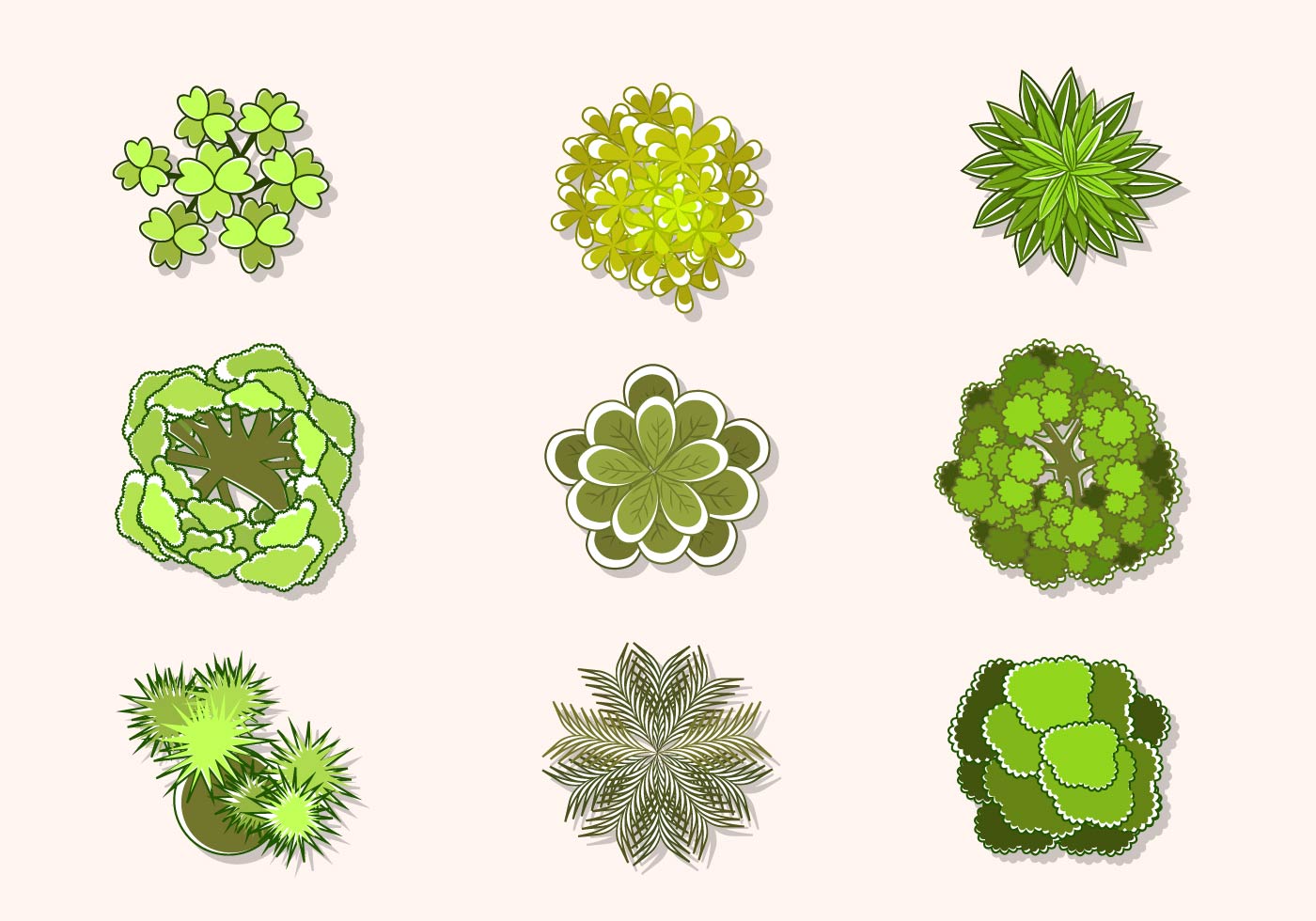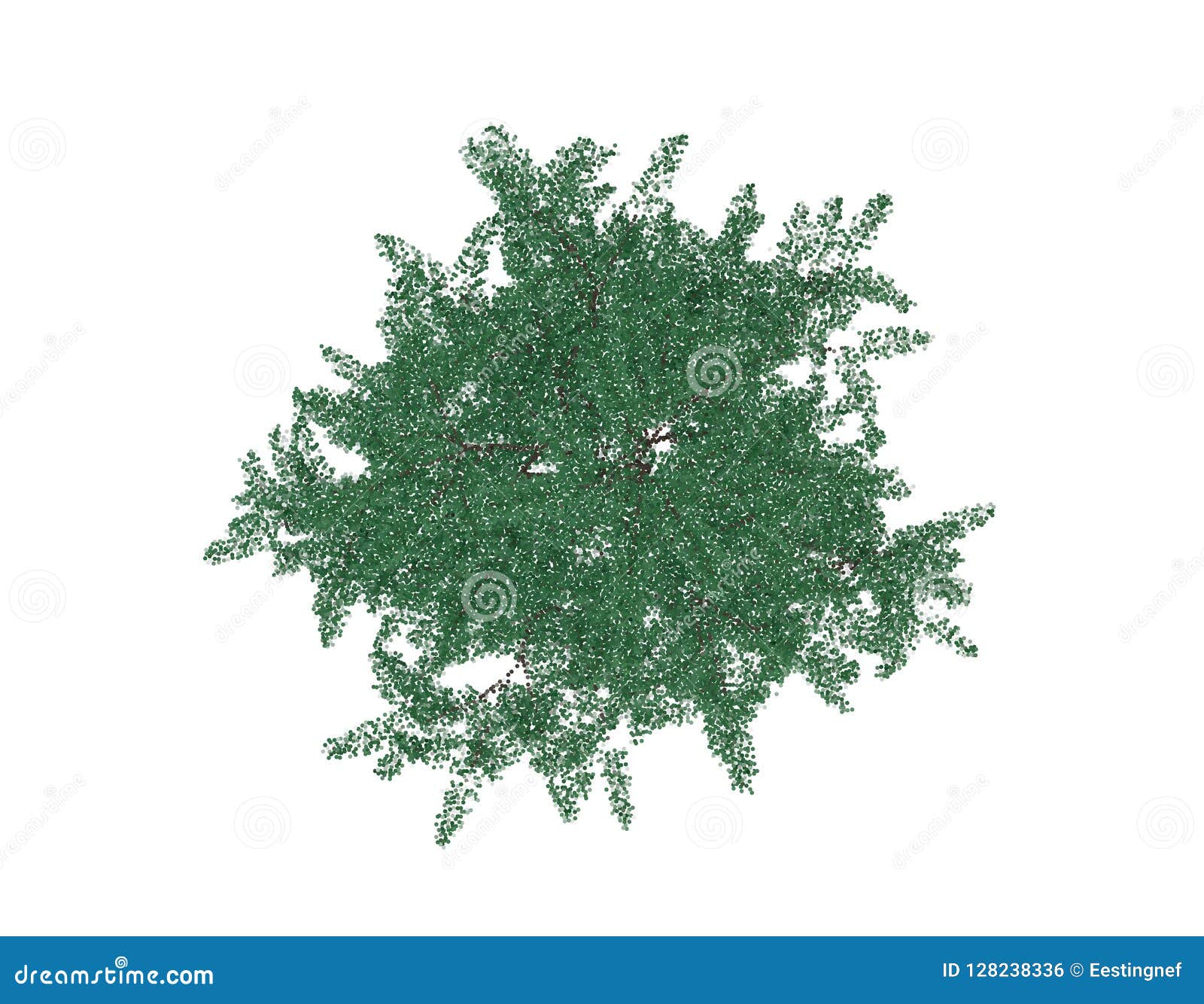
Cyclin-dependent kinase inhibitors (CKIs) inhibit the activity of CDKs by binding to CDKs 6. Cyclins are cyclically synthesised and degraded proteins that interact with CDKs to control the progression of the cell cycle 1, 5. Therefore, the research on the regulation mechanism of plant cell cycle has always been a research hotspot. Plant cells are totipotent, and highly differentiated plant cells can still develop into a complete plant 4. Many organs, such as roots, stems, leaves, and flowers, are inseparable from cell division and differentiation 1, 2, 3. In contrast to animal development, plant development is largely post-embryonic. Our results provide a good idea and direction for the functional study of CYCD and CDK proteins in woody plants.Ĭell cycle is a crucial biological process for plant growth and development. This finding might suggest that the functional differences of different CYCD subclasses in plant growth and development were closely related to the different interactions between CYCD and CDK. Y2H and BIFC results showed that the interaction between PtoCYCD2 1 and PtoCYCD3 3 was significantly different with CDKs. Our previous study found that transgenic PtoCYCD2 1 and PtoCYCD3 3 poplars exhibited opposite phenotypes. The protein interaction prediction results of different subclasses of CYCD and CDKs showed that the interaction between different subclasses of CYCD and CDKs was significantly different. tomentosa, Populus trichocarpa and Arabidopsis thaliana showed that the expansion patterns of CYCD and CDK gene families were predominantly whole genome duplications (WGD).

These findings also demonstrated a strong correlation between CYCD and CDK gene family members in response to hormones and specific expression. The analysis of protein properties, gene structure, motifs, domains, cis-acting elements and tissue-specific expression of all members of these CYCDs and CDKs showed that the differences between members of different subclasses varied widely, but members of the same subclass especially in the CDK gene family were very similar. Phylogenetic analysis suggested that these CYCDs and CDKs were divided into 6 and 7 subclasses, respectively, which were the same as other species. In this study, 43 CYCD and 27 CDK gene family members were identified in the allodiploid Populus tomentosa Carr. In some heterologous woody plants, the functions of these subclass family members remain unclear. Different subclasses in the CYCD and CDK families have different numbers, structures and functions.



In plants, CYCD and CDK gene families can be divided into 6 (D1–D7) and 7 (CDKA–CDKG) subclasses, respectively. D-type cyclin (CYCD) is generally believed to form a complex with CDK and control the G1/S transition. Cyclin-dependent kinases (CDKs) control the progression of the cell cycle.


 0 kommentar(er)
0 kommentar(er)
